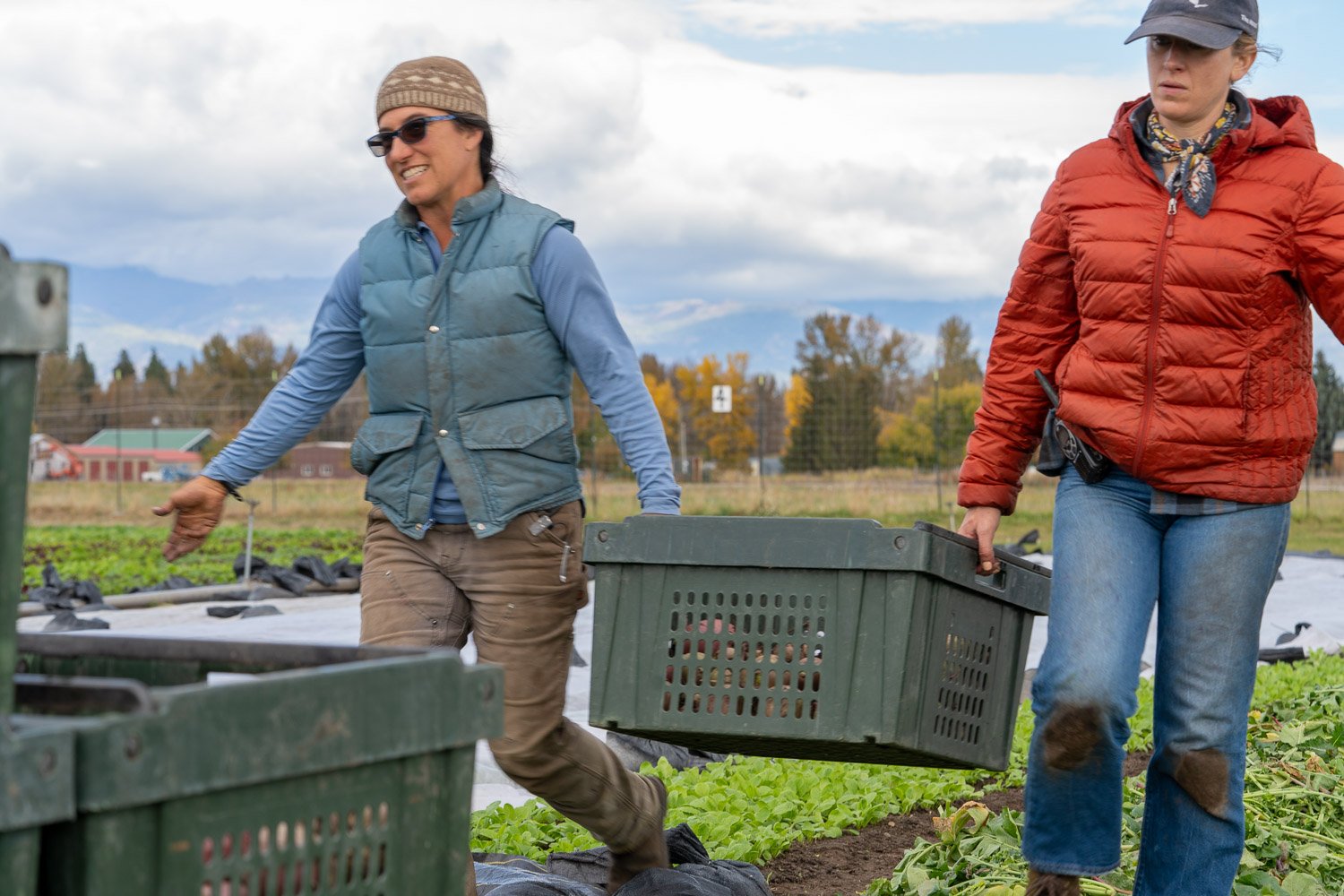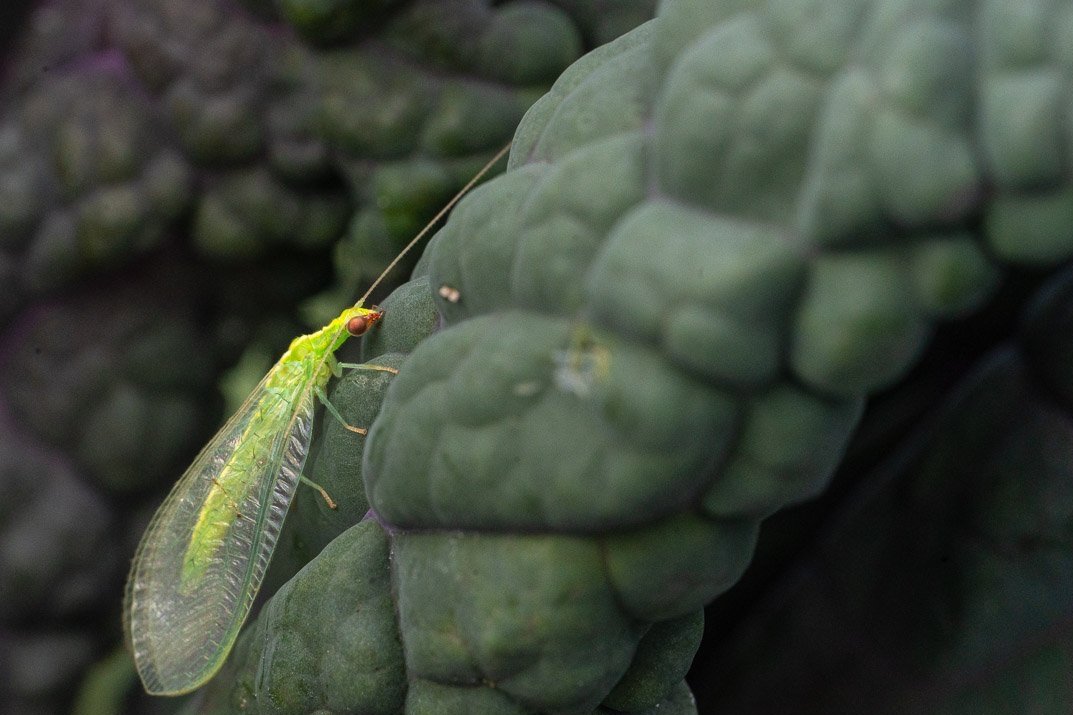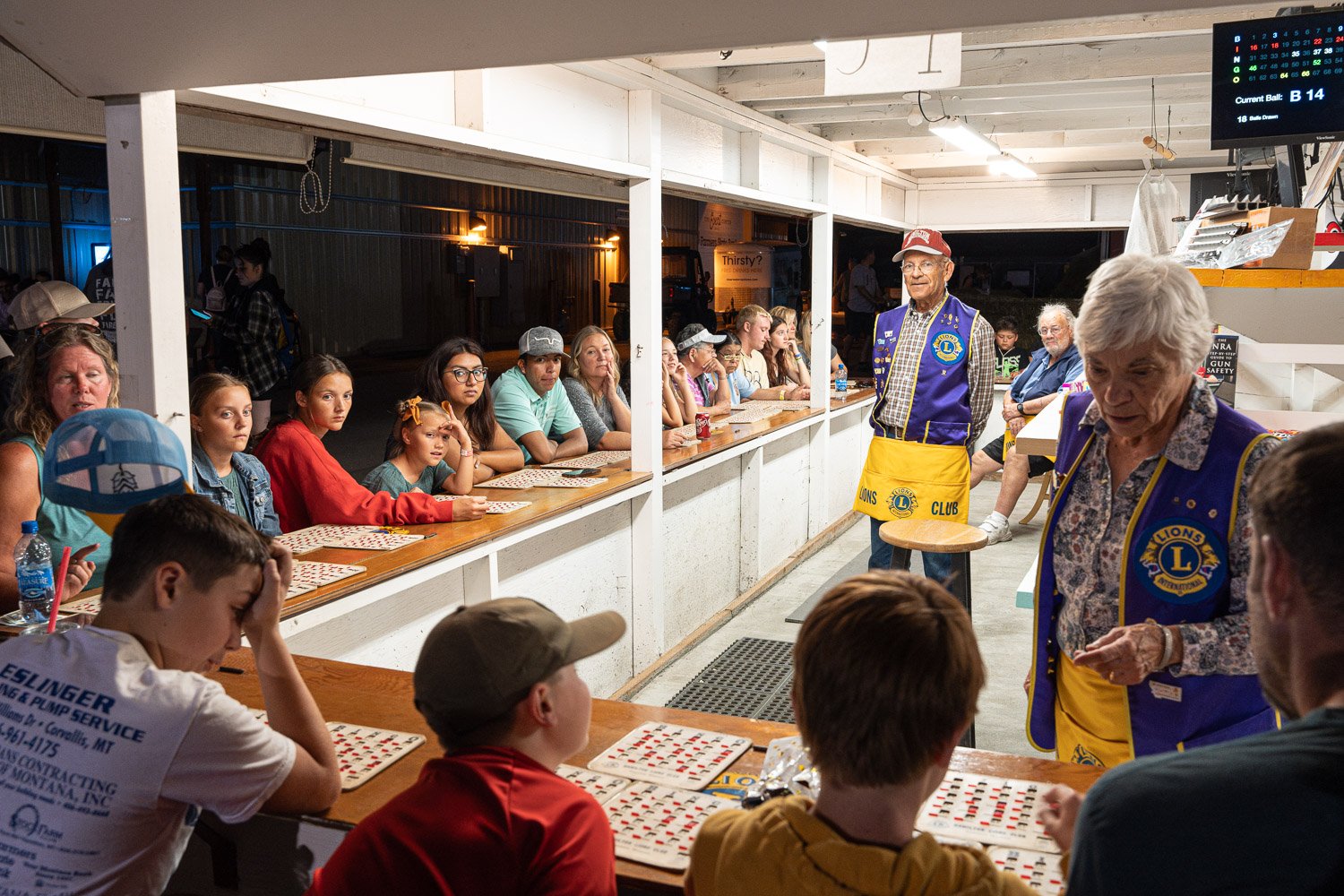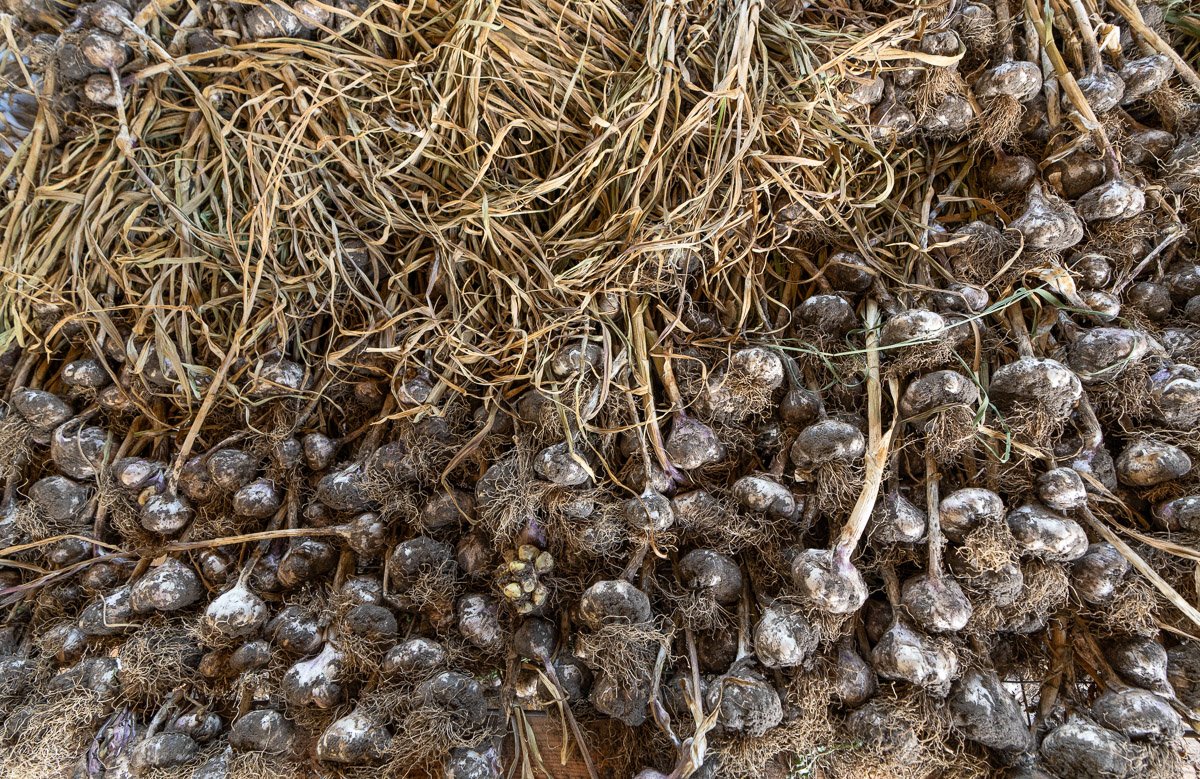Early apple pressing at the Oregon home farm, before we upgraded to the really big farm-scale press and before Montana. Clockwise: Mary, Frank - Mary’s dad, Kayla, and Patty, Mary’s sister.
There are several things that may have made Mary, and I’m talking about childhood Mary, especially inclined to farming in winter, in Montana. There was the one summer she rode her twelve speed bike every day to see one particular horse, for fun, to talk to it, to visit, every single day. There were the long outside naps under apple trees with her sister, and weeks were it would be too hot in the summer, so her and her sister would just move outside. She’s told me where, I know, but my imagination has filled in the story to a network of outdoor forts: the old milking-cow barn on her parent’s farm that became a chicken coop, a twenty foot thicket of blackberries hollowed out into a hobbit like maze, a simple pup tent that she shared with her sister, and, when it got especially hot — and that’s July in Oregon, a giant hammock strung up in walnut trees. Her grandfather, planted the great, mother walnut tree that finally succumbed to disease a year ago.
When Mary and I first started dating, we’d make sometimes weekly sojourns to that walnut tree at her parents place. It was a good time; Oregon has almost always seemed like a season of perpetual fall that first time we moved in together. We’d come back from overnights at her parents farm loaded with apples, walnuts to press in our small oil press that we’d mount to a little upstairs apartment we lived in that we coined the treehouse, literally at canopy level. We’d look down on neighboring trees, spying fruit trees of the neighbors and well, that’s how we met the neighbors: asking if we could harvest pears, one neighbor at a time. We’d eventually start sharing our harvest with neighbors, trading apples for pears, stories from our weekend adventures to one neighbor after another.
We didn’t know how special that time was. I think we both occasionally long for it a little bit still. We never took enough photos of all of us, even though we are now harvesting apples from trees we planted, and bringing them back to Montana — and our farm crew — it’s bittersweet. Mary’s mom lost a long battle with dementia a couple winters ago, and it’s more than time to scatter her ashes on her home farm.
On a cold drive to Oregon, bleak from the cold, an atmospheric inversion storm on our heels, a strange harboring of the climate conference in Dubia, and the sinking knowledge that her dad wasn’t well, she told me a story of hold up reading Little House on the Prairie books. There’s one particular story about the long winter that stuck with her, and me. Perhaps it was the winter where the characters didn’t have insulation in the house; but it was also the year that the characters — including an entire community — ran out of food for the winter. They’d spend some agonizing winter evenings trying to figure out what feed to share with livestock, and how much of the wheat seed stock to eat, rather than to save for the next springs’ plantings. I think that stuck with her, and both of us because we know what it’s like to have a long winter. We are talking about not only about the early farming years we spent in our barn, but those childhood years of Mary and her brother collecting seeds sacks of walnuts, twice the size of her, dragging them way up to her attic room, with her sister pushing and pulling, to the nut dryer that her dad made. We still use that dryer — now for herbs and peppers on our own farm.
We are talking of the memory of that, the knowledge that you can forage for food, and not only that, nurture memories of the past from food. Back in our pre-winter farming days, we’d harvest like mad in September and October, out of necessity, canning and freezing everything we could. Now, as you are learning, now that we grow in deep winter, it’s a little different, learning to harvest just about freezing level; learning how to protect plants with just enough frost cloth at what temperature; and learning how much to harvest each week — balancing both income with what really matters, feeding each of you all week. It’s amazing, the amount of food that we can grow in 4 unheated high tunnels and 6 moveable tunnels.
I think we, and she especially, worries that it’s enough. Is it enough to keep all of our five crew on the payroll all winter? What happens with the excess food we’ve planned for that we haven’t yet sold for member shares; will all of our hard work in the fall pay off with all the food having good homes? Are all the systems — the coolers, the training on covering and venting, working? And, in all this chaos that’s modern life, can we breathe, slow down, read, write, and do the winter dreaming that we each crave?
I often think of Mary. It’s really difficult to get her to sit still, unless she’s reading or knitting. It’s quite clear, when I picture her childhood, to realize just how she grew up into a scientist farmer (she was a scientist, and then a teacher before being a farmer, but that’s another story). I’m so proud of her, lucky to farm with her, and I’m grateful that in this winter, that’s both long, mild, and incredible hard — since behind the scenes we are doing a ton of growing, that you’ve got our back.
Please wish her well, with an email reply. On her birthday, perhaps send an email reminding us both of what you love about her. And know that whenever you come to the farmstore, it’ll be completely utterly loaded. We have a tremendous team this winter, so the coolers, both physically and metaphorically, are overflowing.



































